
2 minute read
Advancing Conservation of Ricord’s ROCK Iguana and Rhinoceros Iguana

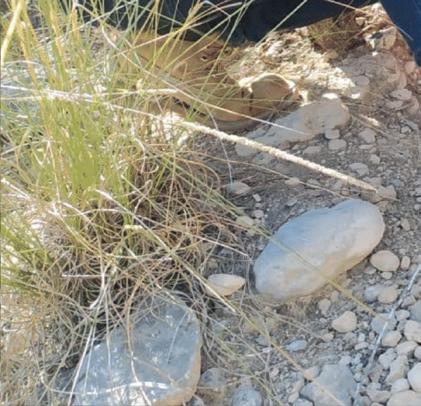
Advertisement
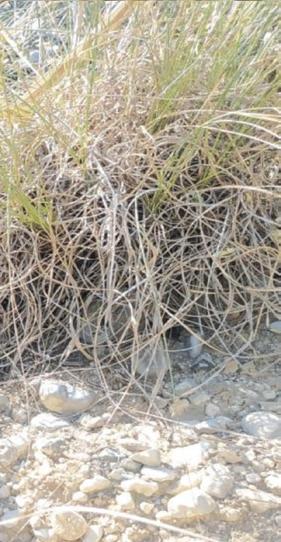
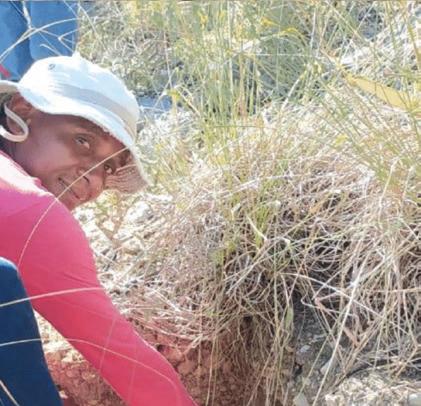


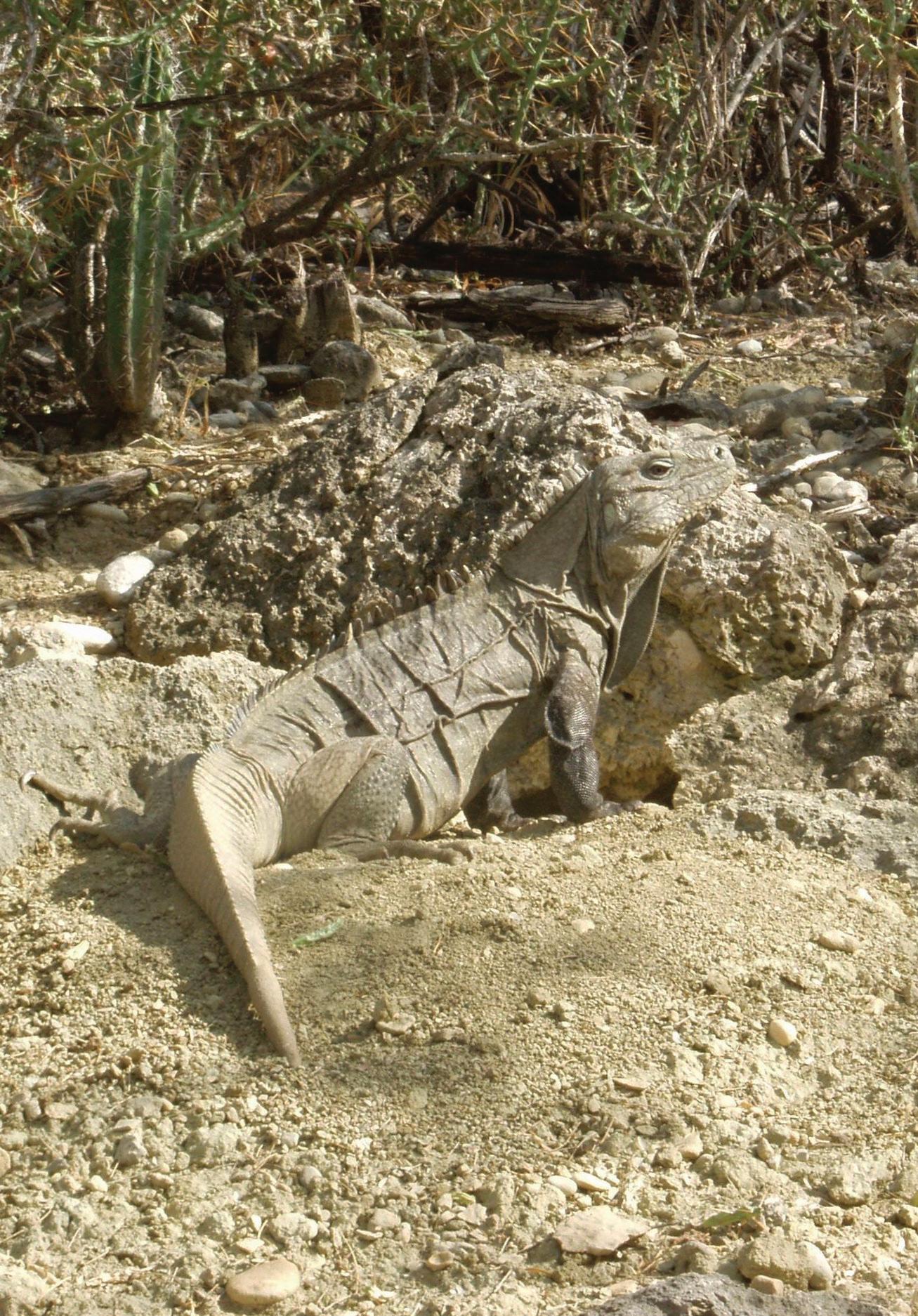
By Ernst Rupp, Grupo Jaragua | $12,000 AWARDED
Overview
Our main goal is the long-term survival of the Ricord’s Rock Iguana (Cyclura ricordii) and the Rhinoceros Iguana (Cyclura cornuta) throughout their natural range, with a focus on the La Selle-Jaragua-Bahoruco-Enriquillo Transboundary Biosphere Reserve. Actions are based on the Cyclura ricordii Species Recovery Plan to establish management for wild Ricord’s Rock Iguanas, restore and maintain habitats, and institute education programs.
Accomplishments
Patrols
In 2022, Grupo Jaragua (GJ) established three patrol teams led by community technicians José Luis Castillo in Pedernales (DR), Jerbin Volquez in South Shore Lago Enriquillo (SSLE), and Samuel Nossirel in Anse-à-Pitres (Haiti). No major disturbances like fires or active charcoal production were reported. We did find iguana roadkills and traps at SSLE, and three nests excavated by feral dogs at Fondo Malagueta. In Anse-àPitres, there were charcoal kilns at fondos (soil depressions used for nesting) in Anseà-Cabrit, Nan Momben, and Saline. We’re working with the Ministry of Environment on illegal land occupation in Pedernales.
Restoration
GJ coordinated the planting of 315,635 pads of Alpargata Prickly Pear Cactus (Consolea moniliformis) at SSLE and 4,856 pads in Anse-à-Pitres, impacting 1,000 hectares of habitat. This tree cactus is an important food plant for iguanas, especially when fruiting. A dry forest restoration guide was published on the GJ website and shared with five stakeholder groups.
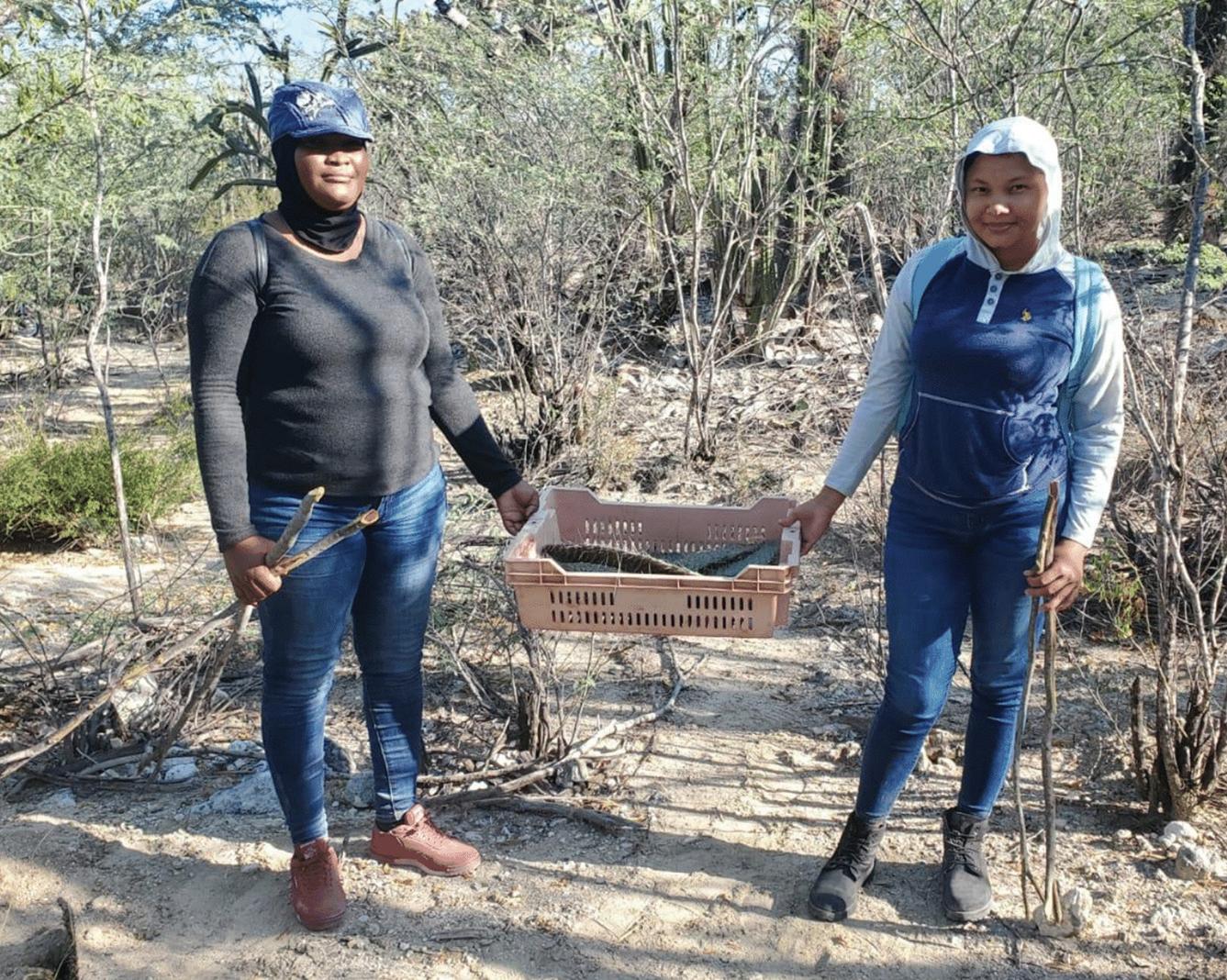
Community integration
In the villages of Baitoa and Venganaver, 78 locals participated in iguana habitat restoration, and eight participated in Anse-à-Pitres. This program has both social and economic impacts on local communities, and has led to increased appreciation for iguanas that can lead to an important source of income.
Biological monitoring and research
Cyclura ricordii nest search and monitoring was successfully carried out in Pedernales and Anse-àPitres fondos during the nesting season and the final results are impressive: 260 and 54 successful nests, respectively. The number in Anse-à-Pitres was significantly higher than in previous years, likely due to greater search efforts and an extension of the area. The GJ team has been working on identification of suitable habitats for possible translocation sites for Cyclura ricordii on the southwestern part of the Barahona Peninsula. Three sites were identified, but legal aspects of human occupation and use may inhibit any translocation work. In contrast, the Southern Shore of Lake Enriquillo has suitable soils and does not have the negative legal aspects, so may prove favorable for restoring iguana populations.
Education
We carried out three education events at local schools in Las Salinas and Cabral to reach 182 children and 25 teachers. In Pedernales and Anse-à-Pitres, four activities were presented to a total of 149 marginalized youngsters. In addition, we reached over 2,000 people in Santo Domingo through interpretative booths during the celebration of Mangrove Week.
Looking Ahead
Habitat restoration work will continue, extended with better-fenced areas to diversify plant species available and protect them from goats and cattle. A translocation initiative for Ricord’s Rock Iguanas should be developed in order to extend its range to suitable areas on the Southern Shore, where presently no iguanas can be found.
It remains to be seen if tourism development in Pedernales will impact the iguana habitat. Intensive patrolling and monitoring in cooperation with the Ministry of Environment continues to be necessary. Improving the situation of iguanas in Haiti will continue to be a big challenge, due to the difficult social and political situation. The small team in Anse-àPitres is doing a great job monitoring and conserving iguanas there.










